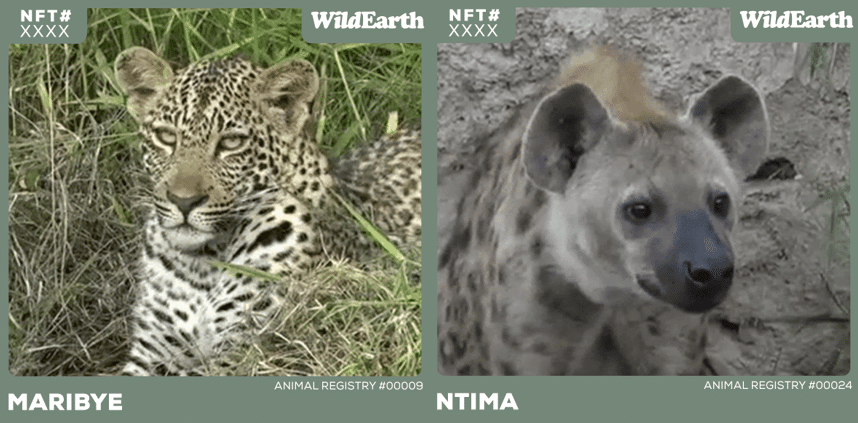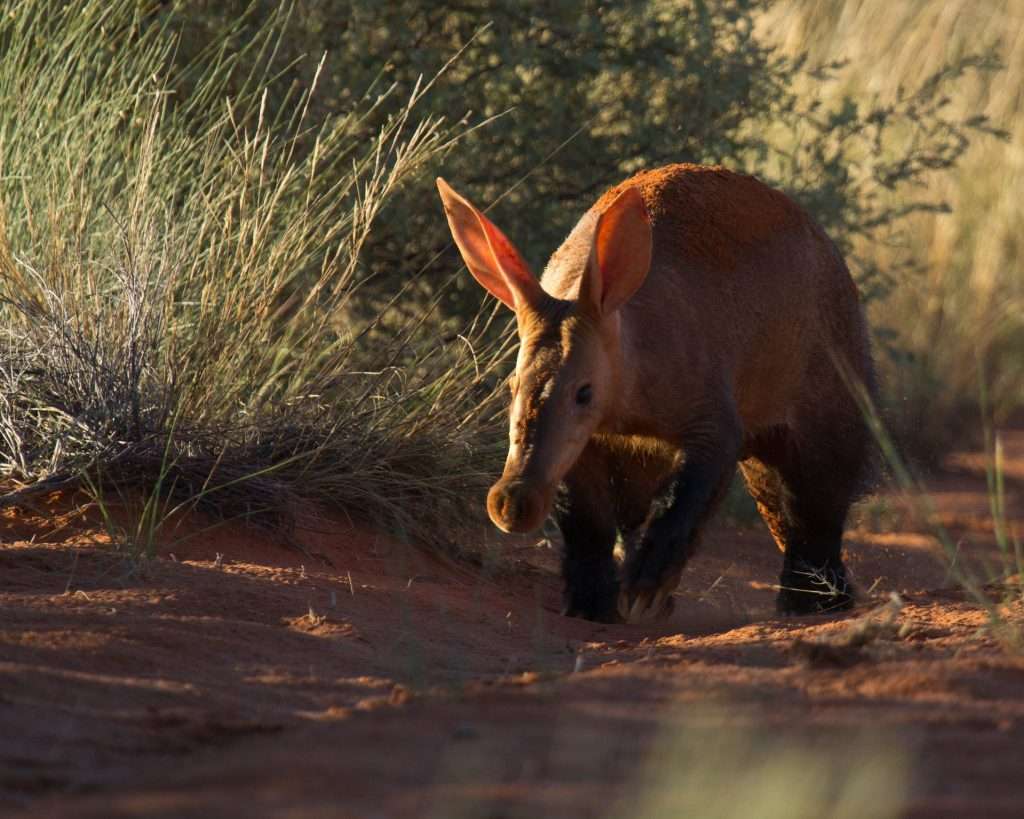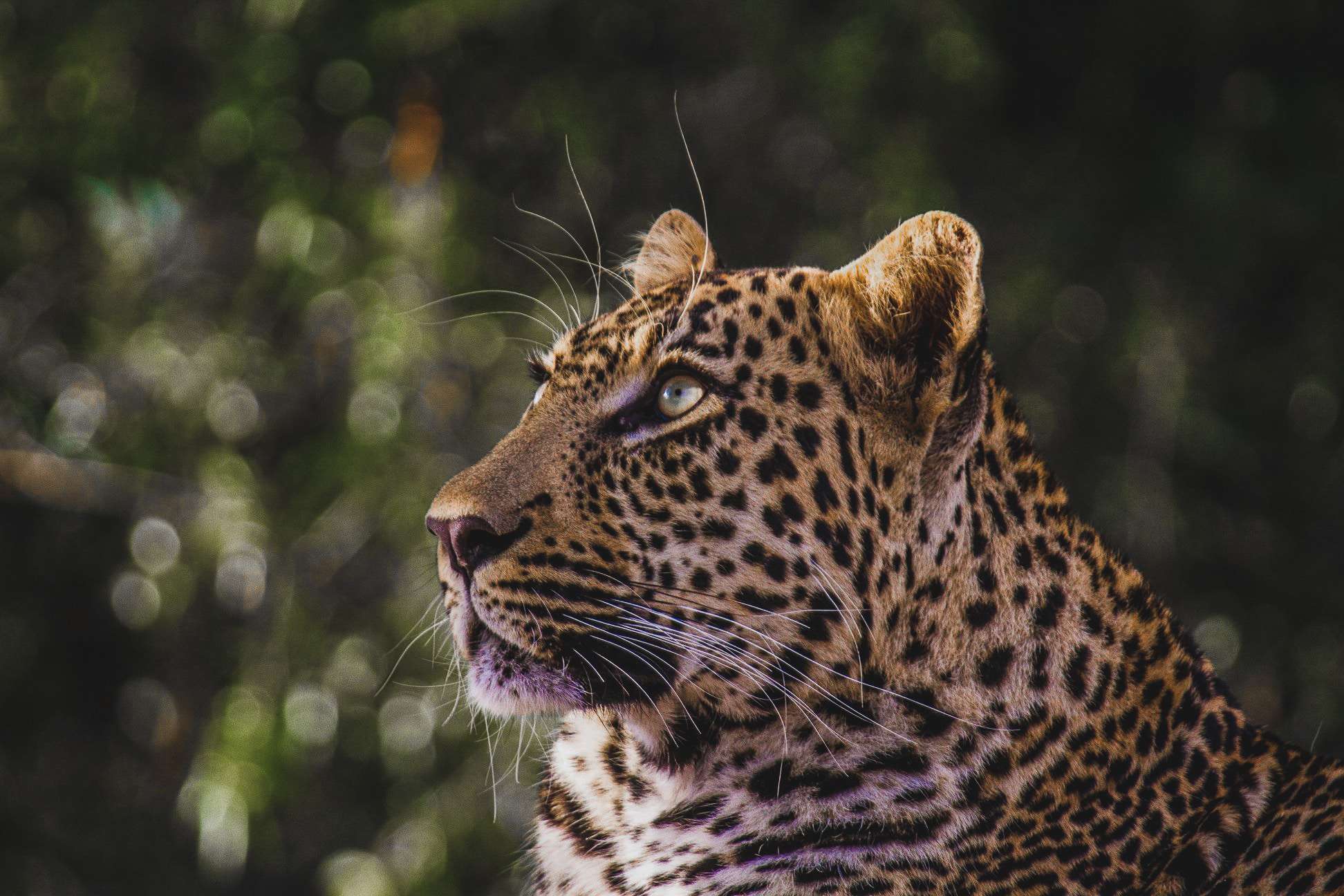Wildlife organizations are rolling out NFTs to raise funds for habitat conservation—but have faced some controversy over sustainability issues.
A broadcaster which live-streams wild animal content has entered the Metaverse in a bid to raise funds for habitat conservation. WildEarth, which has a monthly global audience of 5 million, is selling limited $200 Non-Fungible Tokens (NFTs) from multiple WildEarth NFT collections.
Each collection is linked to a unique animal. Every token within the collection displays a portrait of the animal, their name, Animal Registry ID, and unique NFT serial number. WildEarth will use income from the project to support the animals’ well-being as well as the conservation of their habitats.

WildEarth is also set to launch a mobile app that will provide access to all individual animal data, as well as a platform for social chat between NFT-owners, where they can share information about their animals, with each animal collection becoming a club of meta-Custodians. The goal is for buyers to ‘build a personal relationship with individual wild animals by receiving special updates and access to [their] animals’ sightings’.
In a press release, WildEarth co-founder and CEO Graham Wallington said: “Since 2007, we have built a loyal and growing army of nature lovers who watch our TV channel frequently, many of them daily. This new NFT initiative binds our community closer to the animals they love, fostering a personal and emotional connection to the animals of their choice while providing funding for the care and conservation of the environments in which those animals live.”
Torsten Hoffmann, producer of two award-winning documentaries about Bitcoin and the crypto sector and a WildEarth investor, added: “WildEarth’s mission has always been to increase the value of nature to people. With these NFTs, we bring something completely new to the market.”
Controversy in the Metaverse
However, in a recent blog post, the organization noted that the project would not be universally popular, admitting that it had seen ‘mixed reactions from many of you in [the WildEarth] community’, adding that ‘this was to be expected as there are a lot of aspects around the crypto space that are not and will never be everyone’s cup of tea’.
The post cited the risk of fraud and scams when using cryptocurrencies, as well as the speculative aspects of artwork NFTs as divisive issues. It also noted the high energy consumption that chains like BitCoin or Ethereum require, saying this output isn’t compatible with protecting wildlife and conserving nature.
WildEarth says it has tried to overcome this issue by using Polygon, an Ethereum sidechain, which uses less energy per transaction, reportedly ‘less than one-thousandth of one per cent of the amount of energy’ of other blockchains.

“To put that into perspective; while the energy used to purchase or sell one NFT on Ethereum might power a US household for six days, the same transaction on Polygon uses less energy than it takes to charge your mobile phone or to watch our safaris for about ten minutes on your TV or desktop computer,” the broadcaster explained.
WildEarth is not alone in using the Metaverse to push a sustainability agenda; global wildlife charity WWF has also launched NFTs, and has also faced controversy.
The charity is selling tokens, which it has branded Non Fungible Animals (NFAs), in the form of digital artworks of endangered animals. The number of NFAs available corresponds with the number of the species currently in the wild. The project aims to raise awareness around, as well as funds for, the conservation of around 10 endangered species.
A green blockchain?
WWF says it has also chosen Polygon because it is a ‘green’ blockchain, claiming that each transaction has ‘the equivalent carbon emissions of a glass of tap water’.
“The Polygon ecosystem is optimized for environmentally-friendly NFTs and its energy consumption is constantly being improved. Environmental protection is of course also our top priority when it comes to NFTs,” according to WWF’s site.

However, Dr Catherine Flick, senior researcher in computing and social responsibility at De Montfort University, addressed the WWF in an article about NFTs and sustainability by Sky News. She said most NFTs rely on ‘environmentally problematic cryptocurrencies for transactions or are side-chains to problematic blockchains’.
She added: “I don’t know of any fully environmentally or climate-friendly mainstream NFT implementations that are trustworthy.”
But WWF has said NFTs and blockchain are ‘here to stay’, and so it wants to engage with them in a ‘responsible way’ to raise funds for its conservation work. The charity’s Sarah Ward said: “We are always looking at innovative ways to engage WWF supporters and fundraisers and trial new ideas.”


